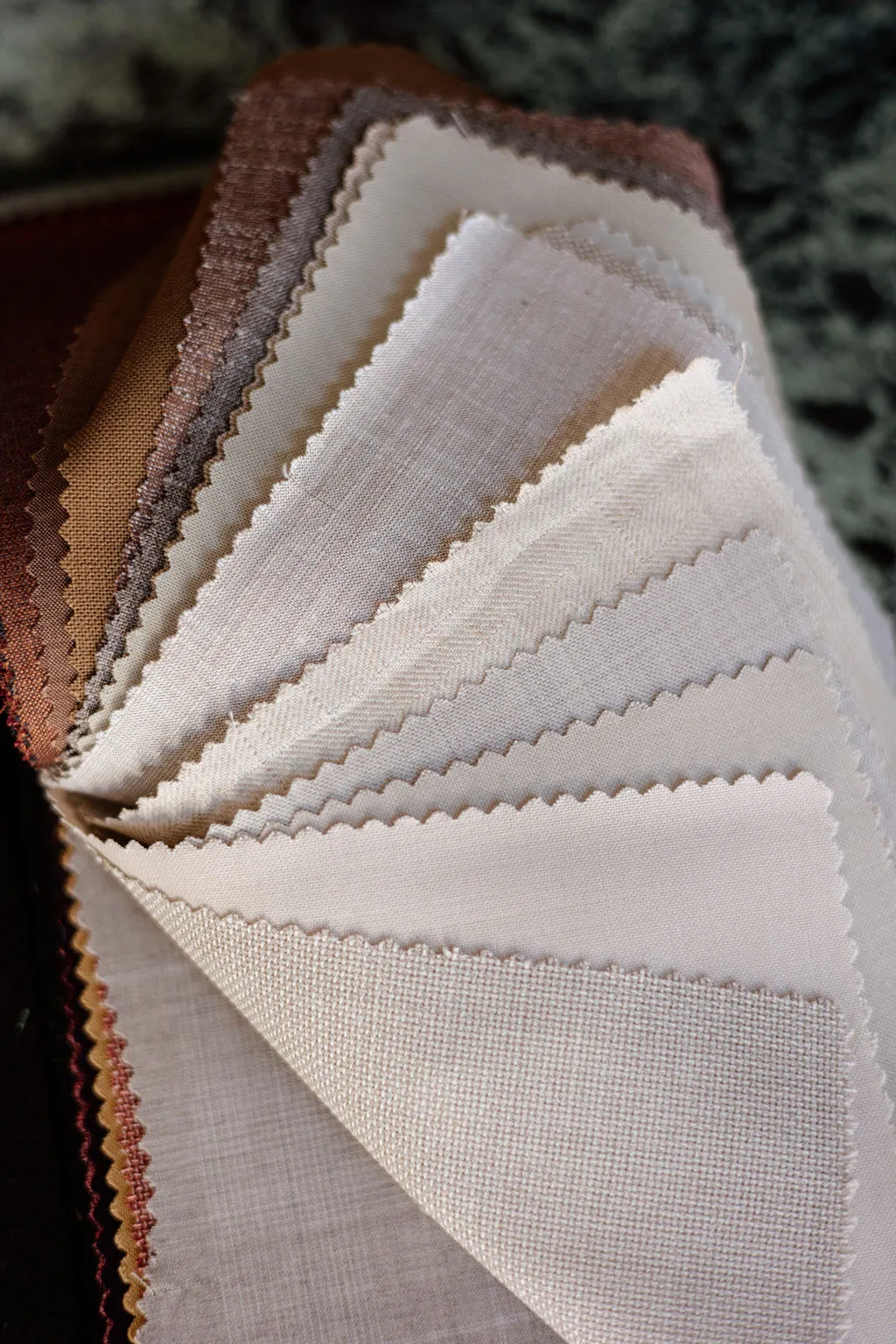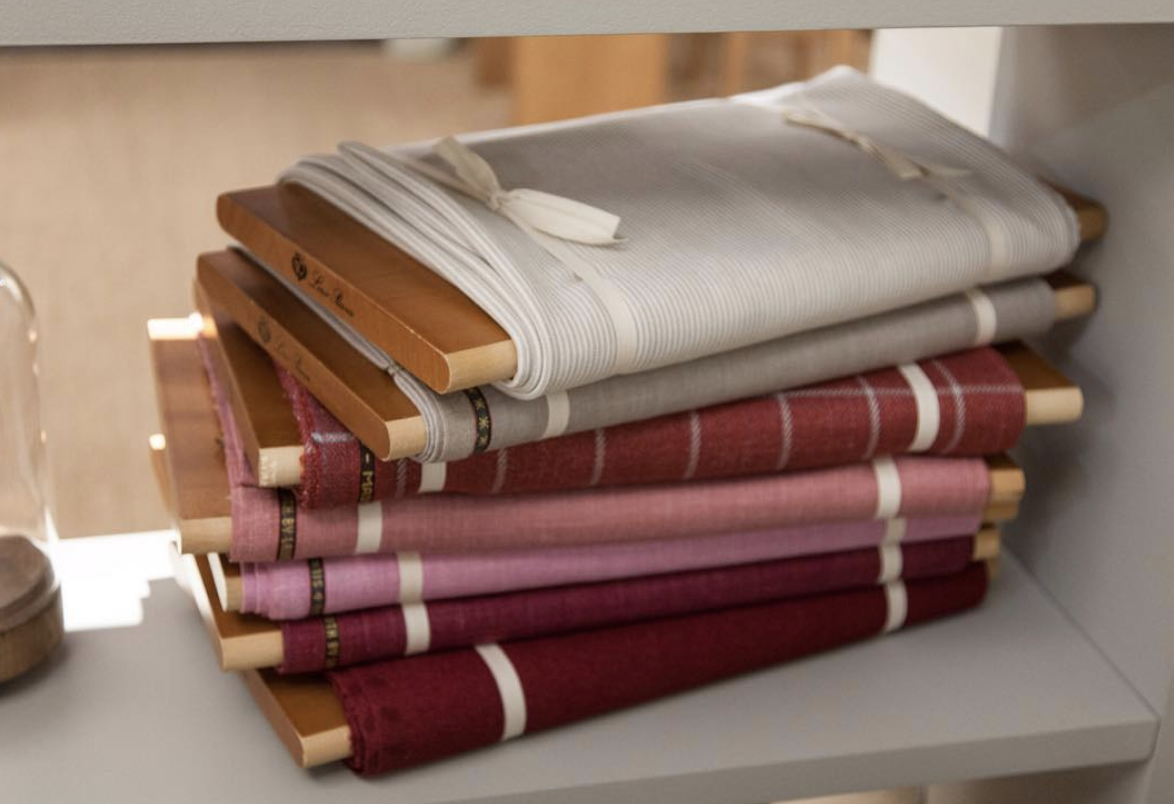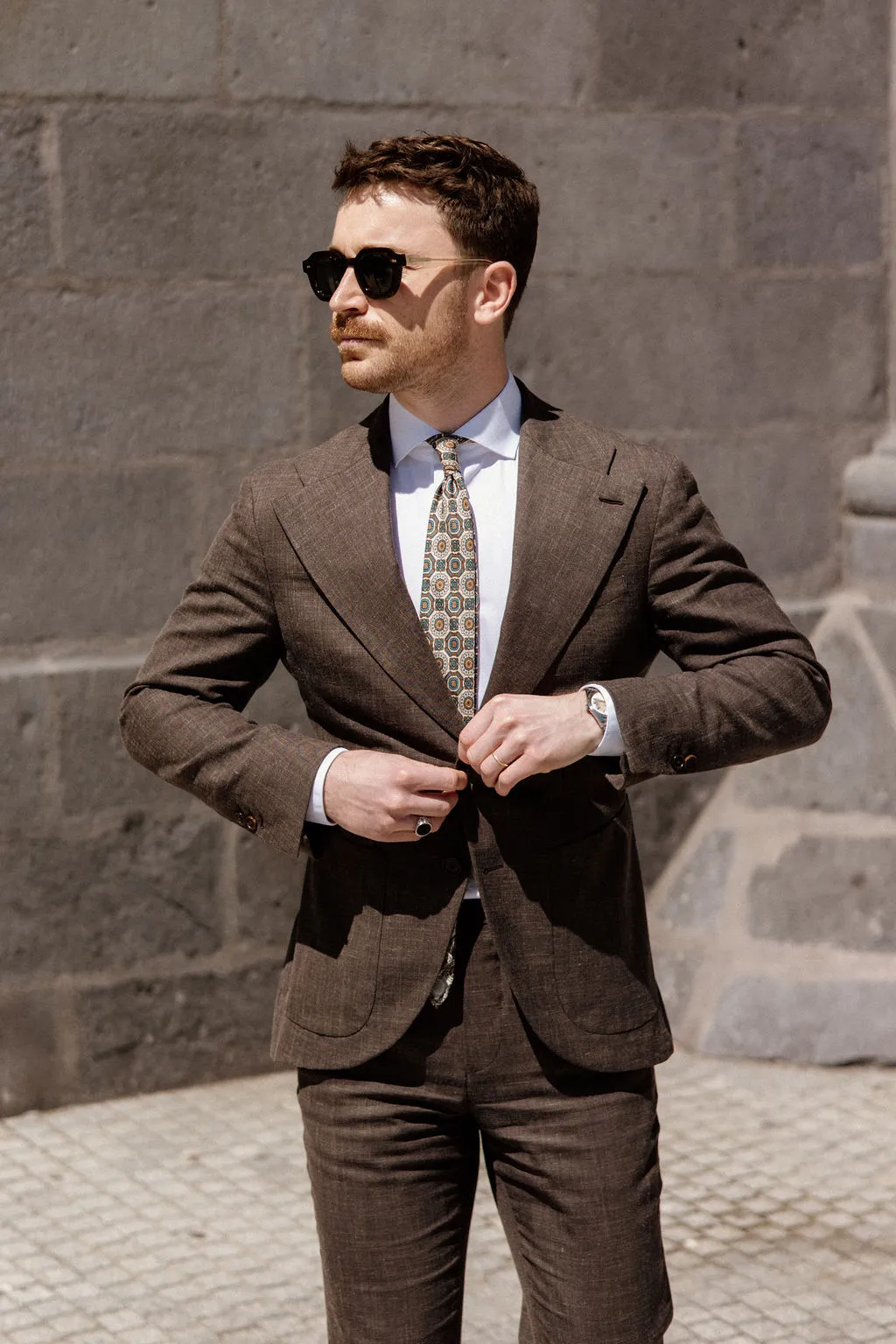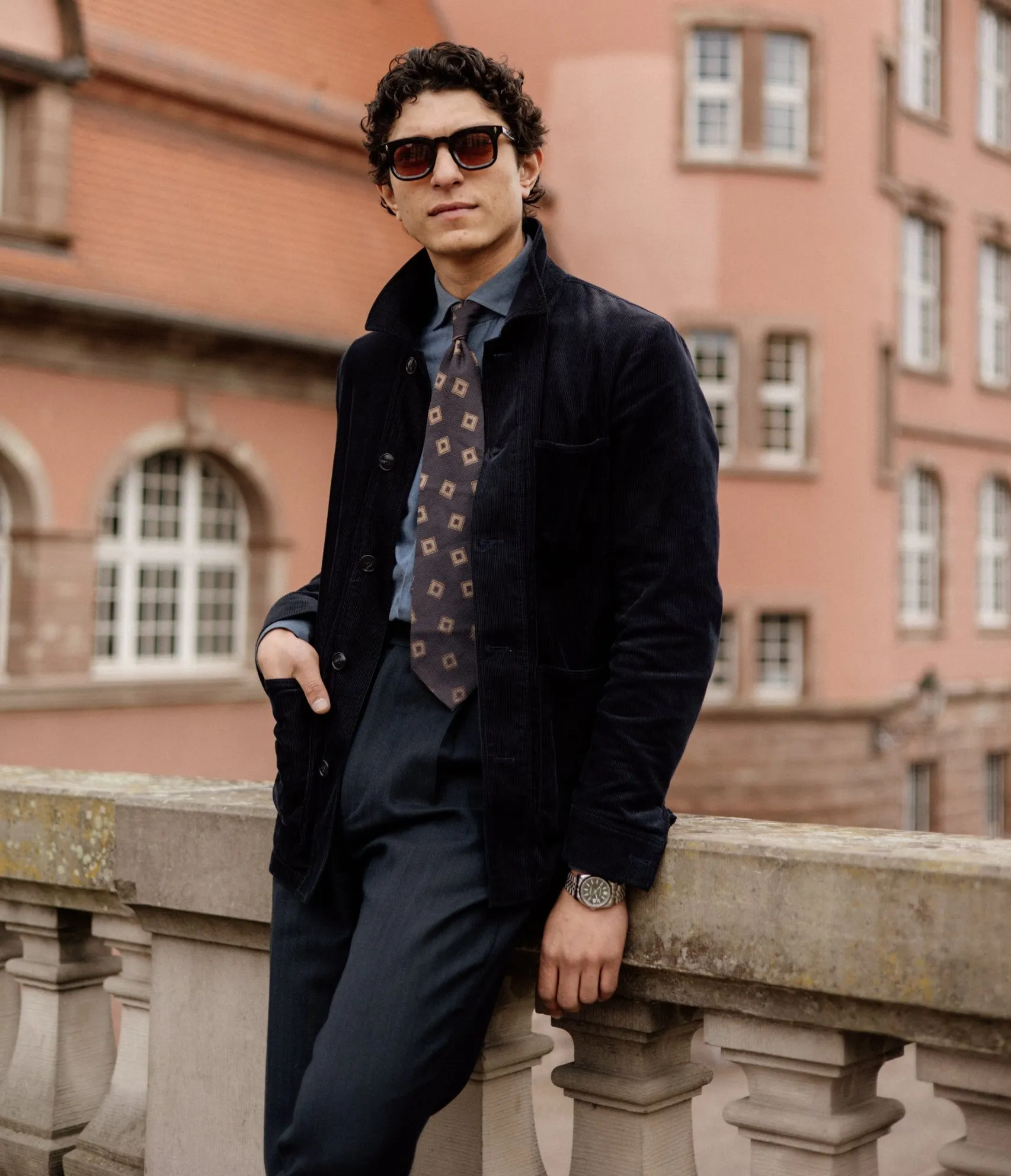
Elegance through quality
With a wedding, a job interview for a high-level position or some other solemn occasion, you need a nice suit to look your best. There are ready-to-wear suits on the market, but they will only suit a tiny percentage of men. A tailor-made suit is the best way to solve this problem. But how do you choose the right made-to-measure suit? What are the quality criteria? Here are some answers.
1 – Choosing the right fabric for your men’s suit
A quality suit means a quality fabric. Choose the best fabric for your made-to-measure suit.
The material
The best material for a made-to-measure suit is wool. When opting for this material, don’t be fooled like some who choose a wool/polyester blend. You may think you’re saving money, but you’ll find out later that it’s a bad investment. Polyester tends to make you sweat, and it’s not very comfortable in winter. As for a 100% pure wool suit, not only does it fall better, it also wrinkles very little.
Super
A wool fabric’s super is the number next to the word “Super”. Normally, fabrics range from Super 110 to Super 170. The higher the number, the finer, softer and higher-quality the fabric. However, contrary to popular belief, the higher the number, the greater the strength. If you’re looking for a sturdy fabric, choose a titre between 130, 140 and 150.
Fused
Fusedg was originally developed by ready-to-wear manufacturers to produce large-scale suits. Quicker, cheaper and simpler to produce, the technique involves applying a fine mesh to the shoulders, front, lapels and sides of the suit using a heated press. This type of interlining is of lesser quality than the other two, and can be removed very quickly. It is also more difficult to conform to the shape of the body.
Full canvas
Full or traditional canvas is described as elegant, but also more expensive. However, it’s a very worthwhile investment, because it falls beautifully and naturally. It will fit your body perfectly. For this type of interlining, a body fabric is placed between the outer fabric and the lining. It’s considered floating, as it’s only sewn at the shoulders and armholes. Lapels are embroidered.
The most common process, half canvas is a good compromise between the two previous interlining methods. It combines all the qualities of the latter: a beautiful fall combined with rapid production. It will therefore be fused to the lapels and bottom panels of the suit, but floating on the bib. This is the interlining that will enable you to wear a good-quality made-to-measure suit on a reasonable budget.
Full bespoke
Also known as “full bespoke”, grande mesure is a traditional, luxury tailoring process. Since it’s a unique model, the tailor designs a special handmade pattern for the customer. The materials used are luxurious. Of course, the price of a large-measure suit is extremely high: at least 3,000 euros.
Custom-made suits
In the case of a custom-made suit, the tailor will use a predefined model that meets the customer’s expectations and measurements. Here, measurements are taken and the pattern is modified to suit the customer’s morphology. This type of suit costs around 3 times less than the previous one, and will enable you to wear a quality suit.
Semi-measure
Here, the salesperson makes the suit to measure using an existing pattern. He takes a few measurements and makes a few alterations to suit the customer’s morphology. The choice of models is very limited.


